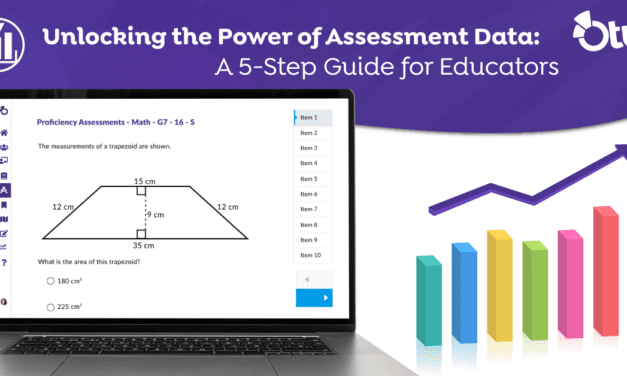You’ve heard (or said) it before: “I’m too busy to add new technology to my classroom.”
When adding new technology for the classroom, one of the biggest challenges is giving up class time to introduce it to your students. In fact, according to a survey conducted by Teachers Know Best, one of the most important factors when choosing to use digital resources in the classroom is, “Saves [the teacher] time and is simple to integrate into instruction.”
Teachers (like you!) recognize the benefit of using technology in the classroom, you just don’t have enough time in the day. To help you out, we’ve compiled a list of five quick ways busy teachers can easily integrate technology into their lessons. These ideas require little to no training or professional development.
5 Easy Ways to Use Educational Technology in the Classroom
- Use live video to bring a speaker to class. From Skype to Google Hangouts, it’s easy to bring a speaker to your classroom. No driving required. Ask a subject matter expert if they are interested in speaking with your class. Many industry professionals will happily volunteer their time. This can be a free way to expose your students to new ideas and new people.
- Listen to a podcast. This can be a great way to supplement a book your class is reading. Authors regularly record podcasts to explain their books in more detail, or to provide additional insight on their writing process. This can be a smart and easy way to integrate technology for more advanced-level classes.
- Create a podcast. “Podcasting in the K–12 classroom has proven itself as an extremely engaging way to help [students] become more effective readers, writers, listeners and speakers,” states the Transforming Education Through Technology Journal. When creating a podcast, students are encouraged to think outside the box. Developing a podcast also promote clear storytelling. All you need is a built-in microphone on a computer or phone, or a simple microphone headset, to produce a podcast.
- Take a virtual field trip. As a precursor to a field trip, or a virtual field trip in itself, teachers can use Google Earth to explore local establishments or faraway destinations. You can teach your class about a new location and culture using Google Street View. And all you need is a device and a projector or large screen.
- Let your students teach you (and each other). As discussed in our recent article, How to Effectively Integrate Technology in Your Classroom, student buy-in is a critical piece of using new edtech tools. One great way to increase student buy-in is to involve your students in choosing and identifying new technology for the classroom. Give your students the opportunity to research a new tool and teach it to everyone else—including you.
Whether you’re using Google Street View for a virtual field trip or listening to an educational podcast, there are quick ways to integrate educational technology into your classroom. When combined with more comprehensive productivity tools, like Otus, teachers can use technology to save time and improve student learning.





